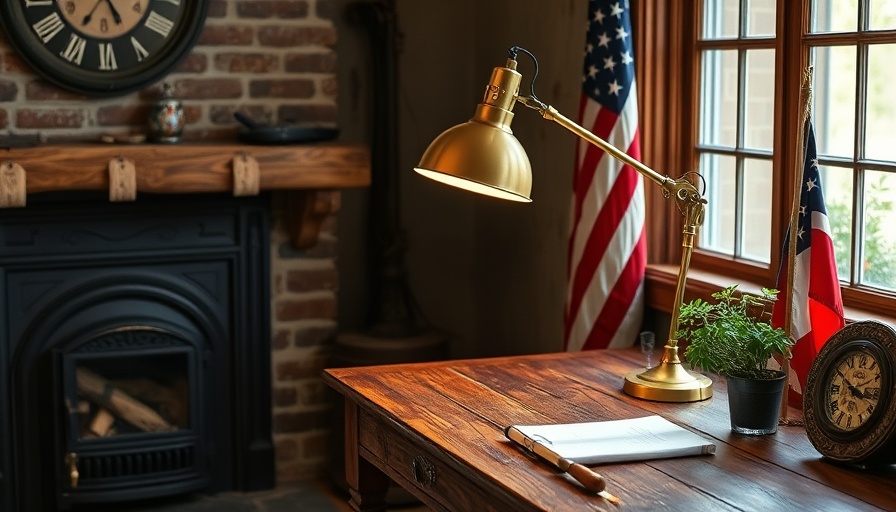
Rediscovering a Classic: The Anglepoise Original 1227 Lamp
The story of the Anglepoise Original 1227 lamp is a captivating blend of innovation and aesthetics that has made it an enduring icon in home design. As we celebrate its 90th anniversary, it serves as a reminder of how functional lighting solutions can marry form and function, revolutionizing spaces from factories to fashionable interiors.
The Origin Story: From Automotive Engineering to Design Icon
Designed in the early 1930s by automotive engineer George Carwardine, the Anglepoise lamp was born from a simple yet revolutionary mechanism involving tightly wound springs. Intended to suspend objects in space, Carwardine saw its potential for lighting. When he presented the concept to Anglepoise, then known as Herbert Terry & Sons, a new standard for task lighting emerged: the Original 1227. Its flexibility and efficiency solved many illumination woes, particularly in workspaces where precision was key.
Cultural Impact and Longevity
Since its launch in 1935, the Original 1227 has transcended its origins, finding a place in numerous cultural narratives. Its design resonated with notable figures including artists like Pablo Picasso and politicians like David Lloyd George. The lamp also underwent adaptations, such as changes to prevent long hair from getting entangled in the springs, showcasing its evolution with the needs of its users. In a playful twist, it even served as the inspiration for the mascot of Pixar Animation Studios in 1986, solidifying its status in pop culture.
Design Meets Functionality: Why It Works
The Original 1227 is renowned not only for its aesthetic but also for its functionality. With adjustable arms and a design emphasizing glare reduction, it addresses practical needs while retaining a minimalist style. “It has a sense of honesty about itself,” says designer Hollie Bowden, highlighting the lamp's ability to seamlessly fit into modern interiors. In today’s homes—particularly among environmentally conscious homeowners—the lamp exemplifies sustainable design; made primarily from lightweight aluminum, it aligns beautifully with contemporary building designs that prioritize eco-friendly materials.
Environmental Considerations: A Step Towards Sustainability
As our awareness of sustainable living grows, the significance of “green” products becomes more pronounced in home design. The Anglepoise Original 1227, with its energy-efficient lighting capability, exemplifies this shift toward sustainability. Its usage of lower-watt bulbs proves not only practical but also inclusive of energy conservation—a vital aspect for homeowners looking to minimize their ecological footprint.
Style and Practicality: Broader Implications for Modern Home Design
The blend of style and functionality found in the Original 1227 extends beyond mere aesthetics; it influences broader architectural and building design trends. Today’s homeowners and builders can draw inspiration from such pieces that manage to fulfill both form and function, encouraging a focus on high-quality materials and timeless design in their own construction projects. The lamp's integration into homes across diverse styles—from rustic to modern urban—is a testament to its versatility.
Conclusion: Embracing the Legacy of the Anglepoise Original 1227
As we reminisce about the journey of the Anglepoise Original 1227, it becomes clear that its legacy goes beyond being just a well-designed lamp. It's a symbol of ingenuity, sustainability, and functional elegance, inviting homeowners to reimagine their spaces through a blend of technology and artistry. Embrace this icon in your home and explore how such a piece can enhance your environment.
 Add Row
Add Row  Add
Add 



Write A Comment